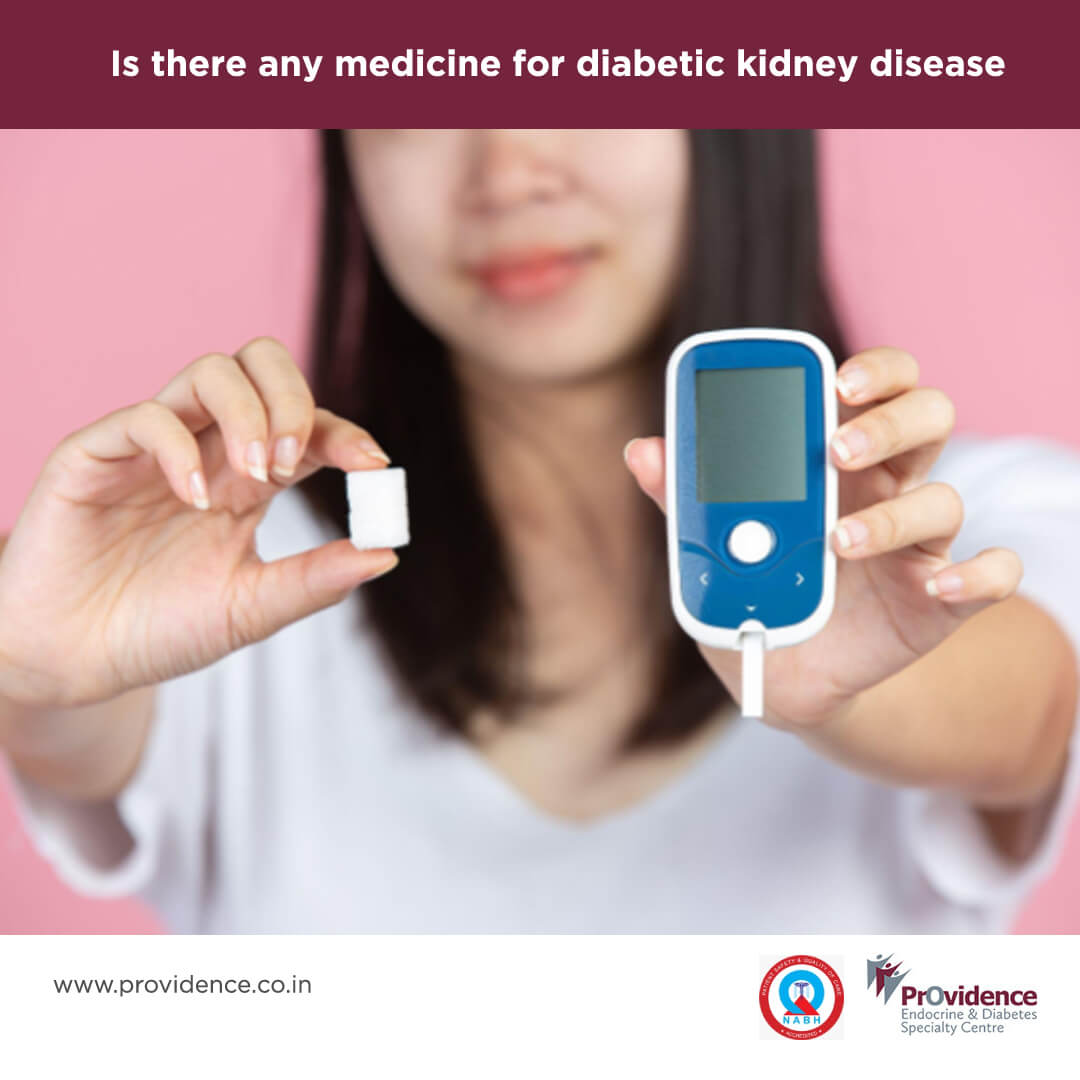The most important treatments for diabetic kidney disease are tight control of blood glucose and blood pressure. People with type 2 diabetes who develop microalbuminuria (albumin in urine) or proteinuria (protein in urine) are usually also treated with medicines called angiotensin-converting enzyme inhibitors (ACE inhibitors) or angiotensin receptor blockers (ARBs). The common ACE inhibitors are ramipril, lisinopril and captopril. The common ARBs are telmisartan, olmesartan, losartan and valsartan. These medicines are also used to control blood pressure. But even without high blood pressure, your doctor may prescribe an ACE inhibitor or ARB because these medicines reduce the amount of protein in the urine and can prevent or slow the progression of diabetic kidney disease.
Some of the newer class of diabetes medications also have role in prevention and treatment of diabetic kidney disease. These medicines known as SGLT2 inhibitors are primarily used to control blood sugars, but latest studies show they are useful in treatment of diabetic kidney disease. The common drugs in this group are empagliflozin, dapagliflozin and canagliflozin. Another class of medicines found to be useful in the prevention of diabetic kidney disease in GLP-1 receptor agonists. The common medicines in this group are Liraglutide and Dulaglutide. A new class of drug named Finerenone was recently approved for treating kidney disease in people with diabetes
Regular follow up with your specialist/endocrinologist is essential for adjusting the medications appropriately so that diabetic kidney disease can be prevented a well as treated optimally.
Author
Dr. Tittu Oommen



